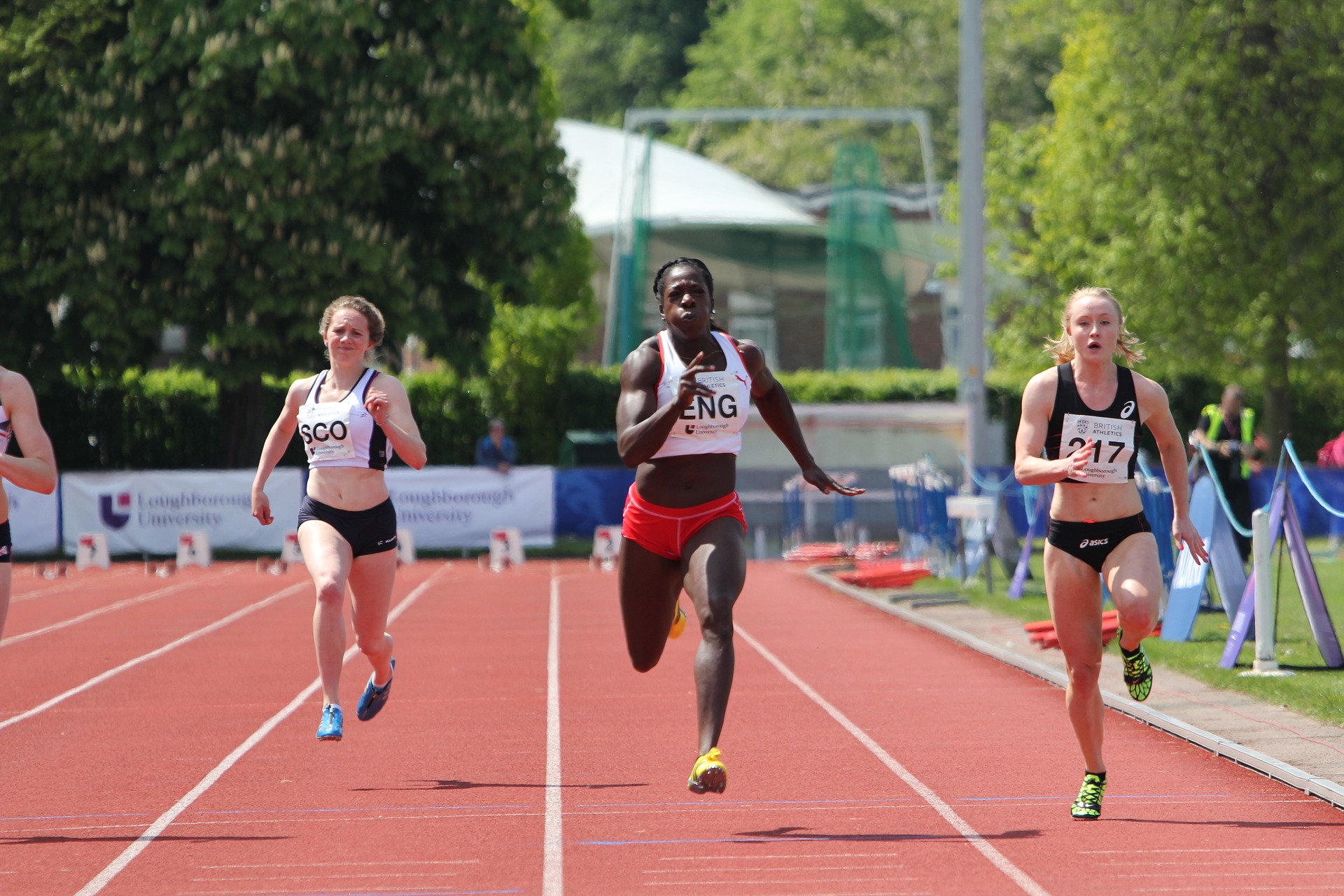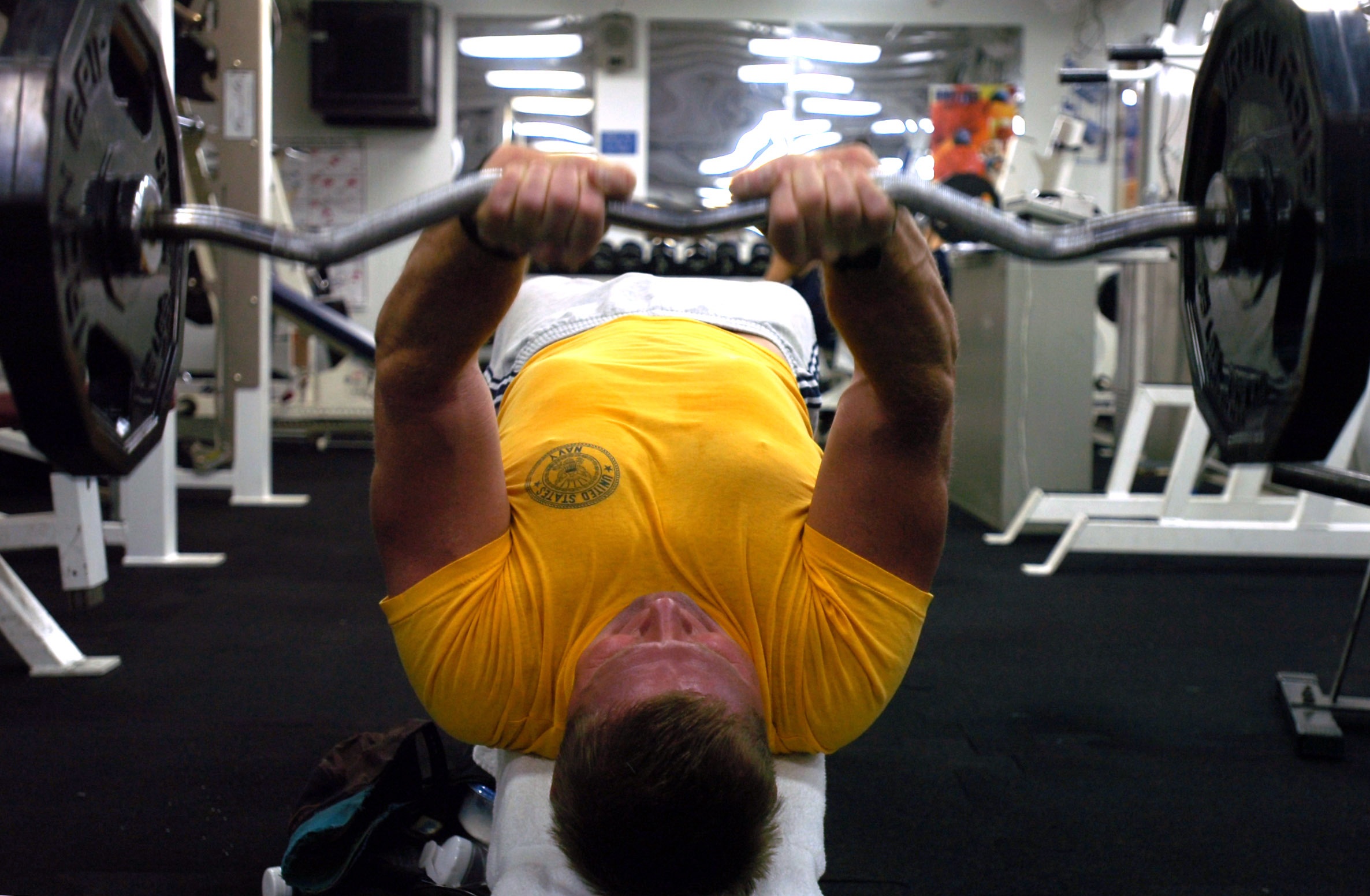Battle ropes, also known as heavy ropes, have been around for about 20 years in the strength and conditioning world. They are long, thick, weighted ropes that are used for rhythmic total body exercises. These are exercises that lend themselves to being used in metabolic conditioning sessions because they can be done for set periods of time (for example, perform a set for 30 seconds). Because of this some authors recommend using these for the conditioning of basketball players and other athletes.
Chen et al, in the Journal of Strength and Conditioning Research took a look at battle ropes and Division I male basketball players. The authors studied the impact of battle rope exercises on performance and physiological measures in Division I male basketball players. For this study, subjects were tested for baseline, tested before the exercise sessions, and tested after the session. The session involved six total body battle rope exercises, performed in a circuit style, with each exercise performed for 20 seconds with 40 seconds of rest for five sets. This meant that the entire circuit lasted 30 minutes.
Players were tested on their blood lactate, rating of perceived exertion, jump shot accuracy, counter-movement jump height, and chest pass velocity.
Results:
As a result of the training session, compared to the baseline measures:
- Shooting accuracy decreased by 17%
- Chest pass velocity decreased by approximately 9%
- Counter-movement jump height decreased by almost 3%
- Blood lactate increased by over 800%
- Rating of perceived exertion increased by almost 600%
- Perceived muscle soreness increased, especially in the upper body
In summary, a thirty minute battle rope session increases fatigue, especially in the upper body, increases blood lactate levels, and decreases basketball performance that especially requires the upper body (shooting and passing). Now, this has some implications. First, like the authors mention this probably isn’t a good tool prior to a game because it is going to negatively impact performance. Second, this does seem to be a useful, low-impact conditioning tool for basketball players. Third, I would argue that this is a good tool to do before some practices even though it will negatively impact performance.
Basketball is a high speed, intense sport that involves frequent sprints, changes of direction, and movements at varying velocities. Basketball athletes have to get used to performing at a high level while fatigued. This means that this resistance has to be built during both practice and during strength and conditioning sessions.
There are a wide range of tools used in the conditioning of basketball players. These include repeated sprints, endurance work (weights or cardio-vascular exercise), high intensity interval training, and small sided games. All of these tools have advantages and disadvantages.
- Repeated sprints: this is closer to being sport specific than a lot of the tools. However, fatigue from the sprints can have a negative impact on sprinting mechanics which can increase the odds for an injury. A good strength and conditioning coach will monitor this and shut down the session when this occurs, but that may mean that there won’t be enough volume to have the desired training effect.
- Endurance work: Circuit training with weights or cardio-vascular exercise can make athletes tired, but circuit training has never been terribly effective and improving aerobic capacity and cardio-vascular exercise trains athletes in movement patterns and energy systems that don’t really get used in basketball.
- High intensity interval training: provides the benefit of training work and rest patterns that are similar to the sport. While it is not movement-specific it does allow for the volume without worrying about deteriorating sprinting mechanics and associated injuries or bad habits.
- Small sided games: these involve basketball scrimmages with varying numbers of players, time periods, situations, and varying playing court sizes. Manipulating these can dramatically increase the intensity and pace and is the most sport-specific way to condition basketball players.
So what’s best? The answer is that we need a balance of everything. Repeated sprints, intelligently programmed and overseen, have a place because this is what basketball players do and they need to know how to sprint when fatigued. Endurance work provides a foundation and we use this energy system to recover from exercise. High intensity interval training lets us address the work:rest ratios and get enough volume to have a training effect. Finally, small sided games put everything together especially as the athlete gets closer to the season and is in-season.
Battle ropes are going to fit into a high intensity interval training session. They are not a magic bullet and can become quite boring. It is also difficult to overload on them after the athlete has gotten used to them. One other challenge in a team setting is that they are expensive so you’ll never have one for every player, this means that you have to intersperse other exercises and types of equipment in a team environment.
So I would use them as one tool among many in an interval training session. For example:
Kettlebell swings
Sprint 10 meters
Two handed battle rope slams
Shuffle 10 meters
Jump rope
Shuffle 10 meters
Two handed battle rope waves
Sprint 10 meters
Kettlebell cleans
Backpedal 10 meters
Etc.
References:
Chen, W-H., Yang, W-W., Lee, Y-H., Wu, H-J., Huang, C-F., and Liu, C. (2020). Acute effects of battle rope exercise on performance, blood lactate levels, perceived exertion, and muscle soreness in collegiate basketball players. Journal of Strength and Conditioning Research, 34(10): 2857-2866.



